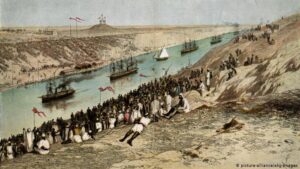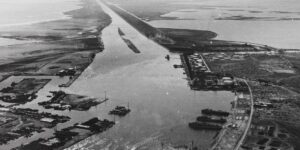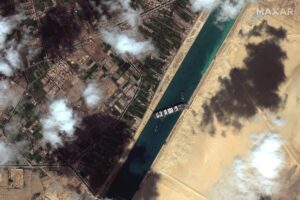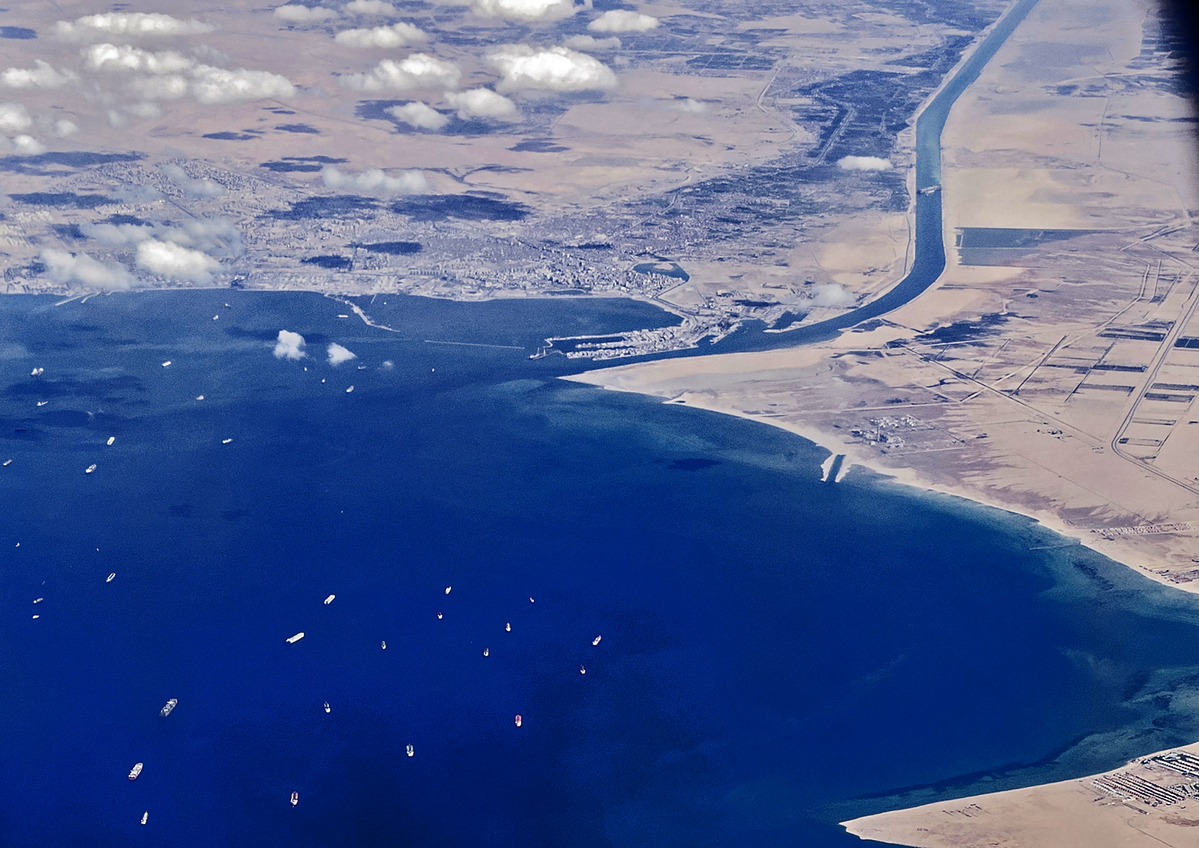CAIRO: On April 25, 1859, the ground was broken for the Egypt’s Suez Canal which later became one of the world’s most strategically and commercially important waterways.
April 25 2021 marks the 162nd anniversary of the endeavor – which was sparked by a need to create a short route that would allow ships to avoid having to navigate all the way through Africa cuts around 7,000 kilometres off the journey.
The Suez Canal Company was established under the instruction of Ferdinand de Lesseps – a French diplomat who was later appointed as canal administrator. The first digging was done by hand with picks and shovels wielded by forced laborers.

The whole venture faced mounting difficulties as many expressed concerns about the whole project besides being repeatedly opposed by the British government.
Amid all the criticism and skepticism, the Cattaui banking family and the Rothschilds – wealthy Jewish family- managed to garner the shares which were promoted throughout Europe, and the French shares sold out rather quickly.
The mammoth idea, which was aimed to stretch 101 miles across the isthmus of Suez and connect the Mediterranean and the Red seas, took nearly a decade to complete whereas at least more than 1,000 died in the process. It was officially inaugurated in an elaborate ceremony attended by French Empress Eugenie, wife of Napoleon III.
The man-made canal suffered major setbacks when it finally inaugurated in the year 1869 – specifically entering poor financial straits but as soon as it turned operational, it caused a major change in global trade and even caused an economic crisis in Britain due to changing trade routes.

Britain later invested £4 million of shares in 1876. As the UK took over, Gamal Nasser, a former President of Egypt, then nationalized the project which sparked the Suez Crisis.
Interestingly, the Canal was initially only 25 feet deep, 72 feet wide at the bottom, and 200 to 300 feet wide at the surface. Less than 500 ships navigated it in its first full year of operation. Major improvements later began in 1876.
In the year 2015, Egypt completed a major expansion of the giant project that saw the deepening of the parts of the canal and the construction of a second 35km-long shipping lane along part of the main waterway.
Since then, the artificial canal remains one of the most vital waterways in the world. Witnessing around 8 percent of global sea-borne trade annually, it plays a crucial role in the growth of Egypt’s economy. As per an estimate, the Canal generated revenue of around $5.3 billion in 2017.
The importance of the world most heavily used shipping lanes recently reaffirmed in March, when a 400 meters long massive container, The Ever Given, blocked the Suez Canal for almost a week. There are more than 160 vessels waiting at either end of the canal amid the huge blockade.
The economic damage was estimated to be in the billions with much of the global supply line brought to a sudden stop.



